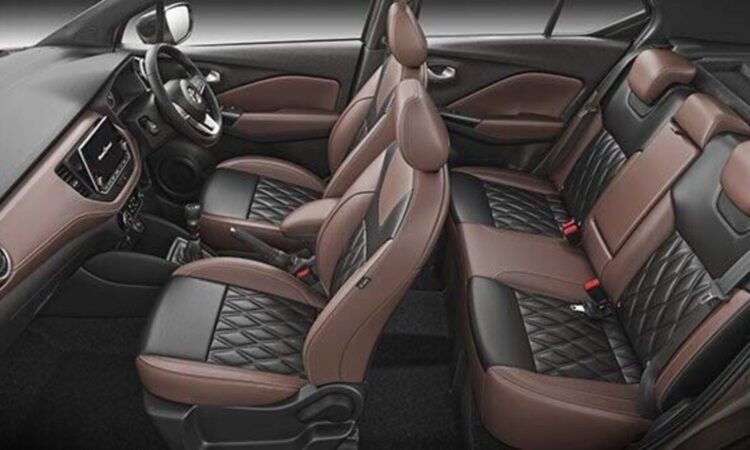
Typically, all the new innovative products and technologies, from a telephone to the internet reflect an “S” shaped adoption curve. The S-curve highlights at what rate a particular product and technology is getting adopted among masses and that the rate of innovation is not linear. It starts very slow then rises quickly, often leading people to underestimate the adoption of technology/product.
The “S-curve” is at the heart of thematic investing. Most themes on S-curve can be plotted among five sub stages of adoption which are Innovators, Early Adopters, Early Majority, Later Majority and Laggards. The maximum potential benefit from thematic investing can be done if we participate in the Early Adopters and Early Majority phases of a particular theme. We believe that electric vehicles in India is one such theme.
When a particular theme grows, the entire ecosystem i.e. the main drivers as well as ancillaries participate in the growth momentum. This becomes all the more important for EV themes as ancillaries play an important role. Thus, having an exposure to the entire EV value chain is an essential part of creating an EV focused portfolio.
Entire EV ecosystem can be broken down into Upstream (companies engaged in chemicals, mining of metal like lithium, raw material for battery etc), Midstream (companies engaged in electric vehicle component, Battery, technology and automation) and Downstream (Auto OEM – 2W/3W/4W etc.).
If we look in terms of cost, then upstream and midstream roughly makes 60% – 70% of the total cost of battery electric vehicles. Thus, it’s not just the vehicle manufactures who are key but the entire value chain is a key participant in EV and other new age automotive themes.
When a particular theme is in Early Adopter/Early Majority stage, you don’t have clear cut winners in terms of which companies will stand out, as most companies in the segment are trying to make investment and capture the potential market share.
Hence, it may be wiser to create a portfolio encompassing a larger set of companies in the segment across the value chain. Idea is to capture the potential of the theme rather than seeking to outperform the theme by targeting certain potential key players. This is what you will see in the global EV portfolio, an exposure to traditional auto manufacturers as well as pure play EV players.
While one can debate whether traditional auto manufacturers should be included considering you have pure play EV players like Tesla, but we should remember that for every 1 successful Tesla, there are EV startups that have filed for bankruptcy, like Proterra, Volta, Lordstown, Fisker, Electric Last Mile Solutions etc. While during the same time, investment by traditional players have seen them increasingly becoming larger players in this domain.
For upstream and midstream companies, it is important to select companies which seek exposure to EV and other new age automotive segments as an important part of their business strategy by being a key player in the value chain. This may be a difficult task as the extent of participation in this theme by these companies may be very subjective. In initial days, it might be prudent to look at management commentary backed by substantial investments, product pipeline, focus on key segments of the value chain etc. to short list the desired companies.
Nifty EV and New Age Automotive Index
Coming to India, this task is relatively easier as beneficiaries listed under various government schemes like FAME and PLI helps in segregating noise from relevant companies. This is why we see Nifty EV & New Age Automotive Index incorporating this as one of criteria for stock selection.
Nifty EV & New Age Automotive Index selects companies based on aforesaid global philosophy of incorporating upstream, midstream and downstream companies. It remains unbiased to any particular disruption in the automotive space and seeks to focus on all the current and possibly future disruptions in electric vehicles, hybrid vehicles, lithium battery, fuel cells, automation etc.
Index selection starts with the universe of Nifty 500 Index and then buckets various upstream, midstream and downstream companies in four different groups. Group A being represented by OEM (downstream companies), Group B being represented by battery manufacturer (midstream) and Group C (having 3 subsegments) being represented by supplier of raw materials, auto component, car connectivity and automation etc. (upstream and midstream).
The presence of Group D is to ensure that companies listed under PLI, FAME, SMEV are also considered. Index selects all the companies forming part of Group A and Group B and further selects 5 companies each from Group C subsegments and Group D.
Further, the Group A (Auto OEM) aggregate weight is capped at 40%, somewhat reflecting the cost composition of battery-operated vehicles. Lastly, to ensure that the index is not biassed towards large market cap companies, the weight of stocks from Group A are capped at 8% and all other stocks are capped at 4%. The index is reviewed semi-annually, which means that the index will be dynamic and will evolve as this theme evolves in India.
To summarise, EV & other new age automotive segments in India may be classified as an “Early Adopter” theme where Nifty EV & New Age Automotive Index can be used as a good representation of the evolving and dynamic nature of this emerging segment.
Siddharth Srivastava, Head-ETF Products, Mirae Asset Investment Managers (India) Pvt. Ltd.
3.6 Crore Indians visited in a single day choosing us as India’s undisputed platform for General Election Results. Explore the latest updates here!
